The European Spallation Source
| ✅ Paper Type: Free Essay | ✅ Subject: Physics |
| ✅ Wordcount: 1640 words | ✅ Published: 03 Nov 2020 |
INTRODUCTION: THE ESS
The ESS or European Spallation Source, is a multi-disciplinary research centre that will be based in the world’s most powerful and advanced neutron source. The facility is under construction in the outskirts of Lund, Sweden. The aim of this facility is to exceed the capabilities of today’s leading neutron sources, giving researchers better understanding of life and materials sciences, energy, environmental technology and physics.
The facility will offer the most powerful linear proton accelerator up to date, a five tonne, helium cooled tungsten target wheel, 22 new and updated neutron instruments, a collection of laboratories, and a supercomputing data management and software development centre.
The ESS will deliver its first proton to a rotating sample of tungsten target in 2019, which will generate neutrons for delivery to an initial set of seven neutron scattering research instruments. The facility will finish its construction and will reach its full design in 2025.
|
Parameter |
Unit |
Value |
|
Average beam power |
MW |
5 |
|
Number of target stations |
1 |
|
|
Number of instruments in construction budget |
22 |
|
|
Number of beam ports |
48 |
|
|
Number of moderators |
2 |
|
|
Separation of ports |
Degrees |
5 |
|
Proton Kinetic Energy |
GeV |
2.5 |
|
Average Macro Pulse Current |
mA |
50 |
|
Macro Pulse length |
Ms |
2.86 |
|
Pulse repetition rate |
Hz |
14 |
|
Maximum accelerating cavity surface field |
MV/m |
40 |
|
Maximum linac length (without 100m upgrade space) |
M |
482.5 |
|
Annual operating period |
H |
5000 |
|
Reliability |
% |
95 |
Table 1: high level parameters of the ESS, and its guiding scientific goals. [1]

Figure 1: ESS site layout reference. [2]
THE EUROPEAN SPALLATION SOURCE ERIC
The ESS turned into a European Research Infrastructure Consortium (ERIC) on 1 October 2015. The Members that founded the ESS ERIC are the Czech Republic, Estonia, Denmark, France, Hungary, Germany, Italy, Norway, Poland, Spain, Sweden, Switzerland and the UK.
NEUTRON SCIENCE
To monitor structure and motion at a molecular level a combination of high sensitivity and high penetration techniques must be used, a technique such as that is Neutron Scattering. The Neutron scattering techniques play a role in many scientific disciplines, including physics, chemistry, biology, materials science, engineering and archaeology. The Neutron Scattering techniques are important, since Neutrons can probe into magnetism, superconductivity, and guide the development of new materials, furthering industrial and technological progress, and advancing research in fields such pharmaceutical development and fuel cell technology.
The advantages of using Neutrons are:
Neutron scattering enables to study the structure and dynamics of atoms over distances from micrometres to one hundred thousandth of a micrometre, and over times, such from milliseconds to ten million millionths of a millisecond.
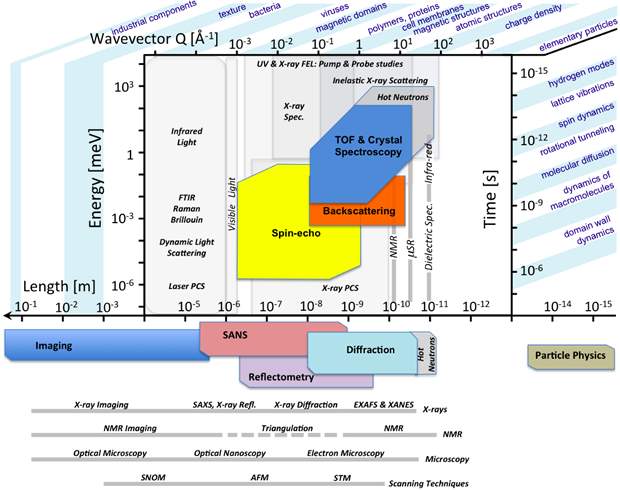
Figure 2: Time and length scales for the ESS. [3]
Neutrons have high penetration and are non-destructive meaning they easily pass through most materials without damaging them, enabling the study of large samples and buried interfaces. The samples can be subjected to extreme conditions such as high or low pressure or temperatures. Neutrons are also precise and have high sensitivity and selectivity.
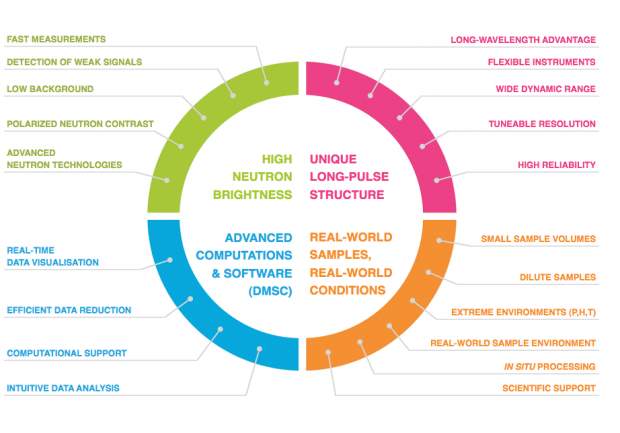
Figure 3: The capabilities of the ESS. The ESS will push the frontiers of neutron science. [4]
THE INSTRUMENTS AT THE ESS
The instruments being constructed at the ESS are versatile and serve several different scientific communities.

Figure 4: Instrument layout as per August 2018 at the ESS. [5]
The main topics for the instruments available at the ESS are: Diffraction, Engineering and Industrial, Large Scale Structures, and Spectroscopy.
The mission of the ESS Neutron Instruments Division (NID) is to provide management and supervision for instrument construction projects.
The instruments of the ESS for each topic are:
|
ESS Instrument Class |
Acronyms for the instrument techniques |
|
Diffraction |
DREAM HEIMDAL MAGiC NMX |
|
Engineering and industrial |
BEER ODIN |
|
Large Scale Structures |
ESTIA LoKI FREIA SKADI |
|
Spectroscopy |
BIFROST MIRACLES CSPEC T-REX VESPA |
Table 2: Instruments of the ESS as of today.
INSTRUMENT TECHNIQUES
For the Diffraction Class:
DREAM (Bispectral Powder Diffractometer) is a adaptable neutron powder diffractometer that enables updated physics and chemistry research. DREAM will focus in the areas of nanoscience, energy and battery materials, and intricate magnetic structures. DREAM uses the long pulse and unprecedented peak brightness of the ESS.

Figure 5: The layout of the initial version of the DREAM instrument with detector coverage of 1.82 sr. [6]
Powder neutron diffraction is a powerful technique with multiple applications in solid state physics and materials science. The method, in accordance with Bragg’s law, bases its workings on the elastic scattering of neutrons from the regularly arranged atomic planes.
HEIMDAL (Hybrid Diffractometer) will be a multi length scale neutron scattering instrument designed to study advanced functional real materials, in real time, and under realistic conditions. Such materials are of energy related, composites scaffolds, phase transition and nucleation, and materials with magnetic properties.
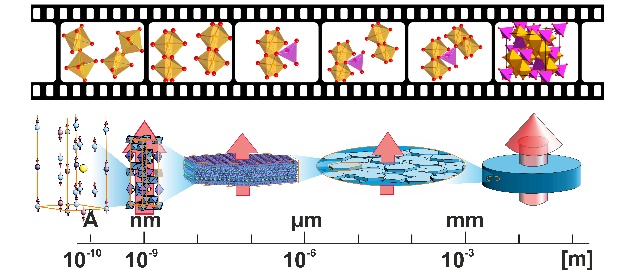
Figure 6: Top is making a movie at the atomic scale while the microstructures of new more powerful magnets are formed and observed.
Bot captures the formation of materials on all length scales at the same time using HEIMDAL. [7]
MAGiC (Magnetism Single Crystal Diffractometer) is a polarized single crystal diffractometer devoted to the study of magnetic properties in both applied and purely fundamental systems.

Figure 7: experimental cave for the MAGiC, showing the two-detector configuration and scattering geometry. [8]
MAGiC specializes in polarization and will deliver a permanently polarized neutron flux on both the thermal (0.6 Å-2.3 Å) and the cold (2 Å-6 Å) spectra across a wavelength band of 1.7 Å at the sample, located 160 m from the ESS target.
NMX (Macromolecular Diffractometer) determines hydrogen atom positions at faster rates from smaller crystals and larger unit cells, improving the understanding of energy production in cells, and, advance the way in which pharmaceuticals bind their target proteins.
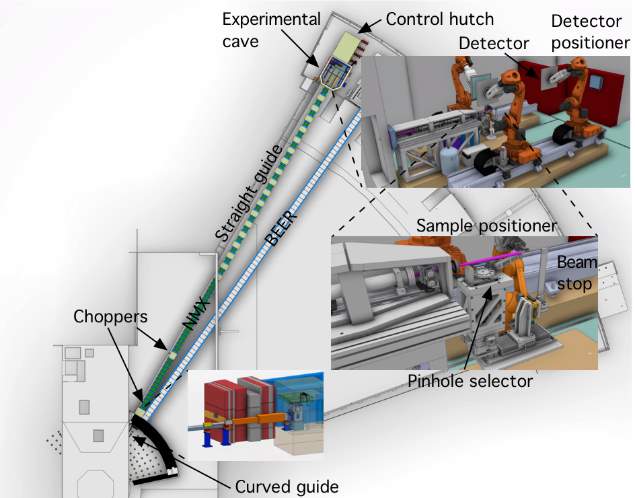
Figure 8: The layout of the NMX instruments and the main technical components inside the experimental cave. [9]
The NMX Macromolecular Diffractometer is a time of flight (TOF) quasi Laue diffractometer optimised for small samples and large unit cells dedicated to the structure determination of biological macromolecules by crystallography.
For the Engineering & Industrial class:
BEER (Engineering Diffractometer) improves the investigation of deformation mechanisms, microstructure evolution and phase transformations in materials that are used in high tech industrial applications.

Figure 9: Sketch of the BEER instrument layout. [10]
The BEER instrument will allow swift non-destructive mapping of residual strains in construction components.
ODIN (Multi-Purpose Imaging) provides spatial resolutions down to the μm range. The pulses generated by the source gives wavelength resolved information.
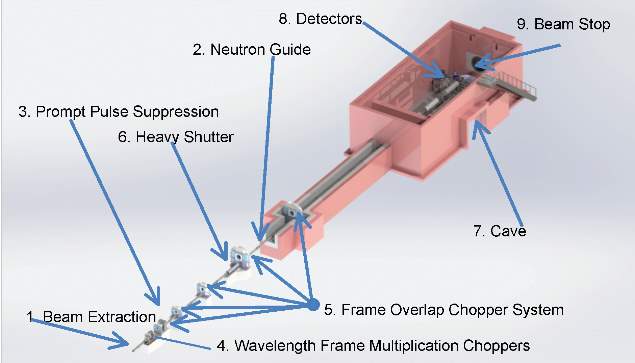
Figure 10: Components of the ODIN Beamline. [11]
Odin uses Neutron imaging, which is a real space technique that examines the inner structure of highly complex components and samples by detecting the transmitted beam.
For the Large-Scale Structures class:
ESTIA (Focusing Reflectometer) is the eponym of the ESS. The ESTIA instrument investigates surfaces, thin films and layered systems, revealing structure and magnetic phenomena.
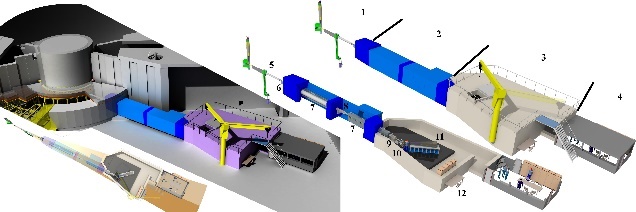
Figure 11: ESTIA instrument layout within the ESS. [12]
ESTIA will be able to dive into complex systems available only in small quantities.
LoKI (Broadband Small Angle Neutron Scattering (SANS)) will provide research possibilities in fields from sustainability and energy security to health and aging.

Figure 12: LoKI instrument. [13]
SANS is a technique that is applied in chemistry, physics, biology, materials science, engineering and geoscience.
FREIA (Liquid Reflectometer) is a reflectometer optimised for soft condensed matter and life science, that will help to understand surface chemistry and the properties of layers and buried interfaces.

Figure 13: FREIA instrument. [14]
FREIA will help understand and further advance examples such as biological membranes, drug delivery systems, cosmetics and food.
SKADI (Small-K Advanced DIffractometer) is a general purpose and a versatile small angle neutron scattering SANS instrument. SKADI will unlock a variety of investigations on small scattering angles to access long length scales.

Figure 14: Schematic of SKADI. The length of SKADI is approx. 55 m. [15]
The SKADI instrument will focus on investigations of small materials, biological and medical research, magnetic materials and materials for energy storage, nanomaterials and nanocomposites.
For the Spectroscopy class:
BIFROST (Extreme Environment Spectrometer) dives into the intricated physics of magnetism and superconductivity, geoscience and functional materials. BIFROST uses neutron spectroscopy, which is the key tool for investigating low energy dispersive dynamics in single crystals.

Figure 14: BIFROST instrument layout. [15]
The BIFROST can open a wide range of innovative science cases, especially under high pressure environments, where sample sizes are habitually small.
MIRACLES (Backscattering Spectrometer) aims to be the time of flight backscattering instrument of the ESS.
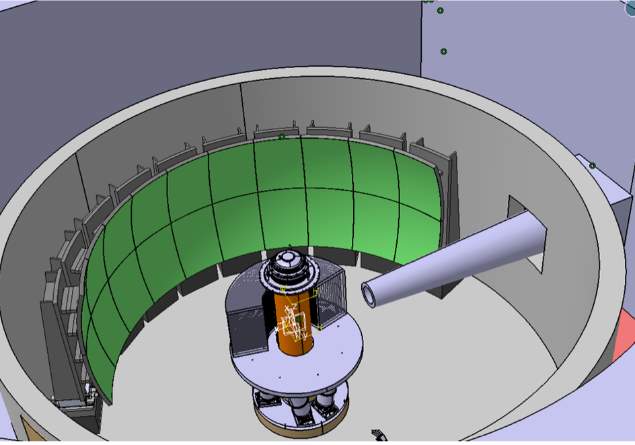
Figure 15: Illustration describing the configuration of the scattering vessel of MIRACLES.
MIRACLES reveal dynamic processes over a wide energy range, serving disciplines such as, life science, polymer science, energy materials and magnetism studies. The MIRACLES configuration’s nature will give unprecedented energy resolution in accelerator driven neutron source spectrometers.
CSPEC (Cold Chopper Spectrometer) is a direct geometry time of flight spectrometer.

Figure 16: Overview of CSPEC from moderator to experimental cave. [17]
CSPEC delivers a high cold neutron flux across a wavelength band of 1.72 Å at a sample, positioned 160 m from the ESS target. The result is a cold time of flight spectrometer that will outclass all other spectrometers in the world.
T-REX (Bispectral Chopper Spectrometer) deals mainly with the probing of single crystals of low dimensionality, topological and frustrated materials, quantum magnets, high temperature superconductors, multifunctional oxides molecular magnets and functional materials, catalysis metals, ion transport materials, fuel cell membranes, nanomaterials, thermo electric and magneto caloric materials. [21]
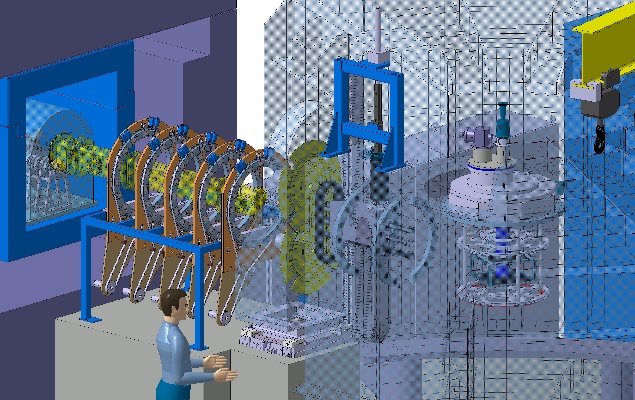
Figure 17: Detailed view of the area around the T-REX. [18]
T-REX measures a wide dynamic range of wave vector resolutions and polarization analysis over the energy transfer range from 20 to 140.
VESPA (Vibrational Spectrometer) will be used for chemistry, physics and materials science applications. The applications are shown below in Figure 18:

Figure 18: Research areas of the VESPA. [19]
VESPA works by a sampling probe, carrying energy larger than that of the internal excitations, that is then directed at the sample.

Figure 19: VESPA beamline details. [20]
Overall the ESS will provide a breakthrough in scientific advancement in the following years.
ACKNOWLEDGMENTS
(‘(PDF) European Spallation Source Technical Design Report’ 2019)
(‘Home | ESS’ 2019)
(‘Instruments | ESS’ 2019)
REFERENCES
[1] (PDF) European Spallation Source Technical Design Report [online] (2019) available: https://www.researchgate.net/publication/263314578_European_Spallation_Source_Technical_Design_Report [accessed 14 Nov 2019].
[2], [3] Home | ESS [online] (2019) available: https://europeanspallationsource.se/ [accessed 14 Nov 2019].
[4]-[21] Instruments | ESS [online] (2019) available: https://europeanspallationsource.se/instruments [accessed 14 Nov 2019].
Cite This Work
To export a reference to this article please select a referencing stye below:
Related Services
View allDMCA / Removal Request
If you are the original writer of this essay and no longer wish to have your work published on UKEssays.com then please click the following link to email our support team:
Request essay removal


